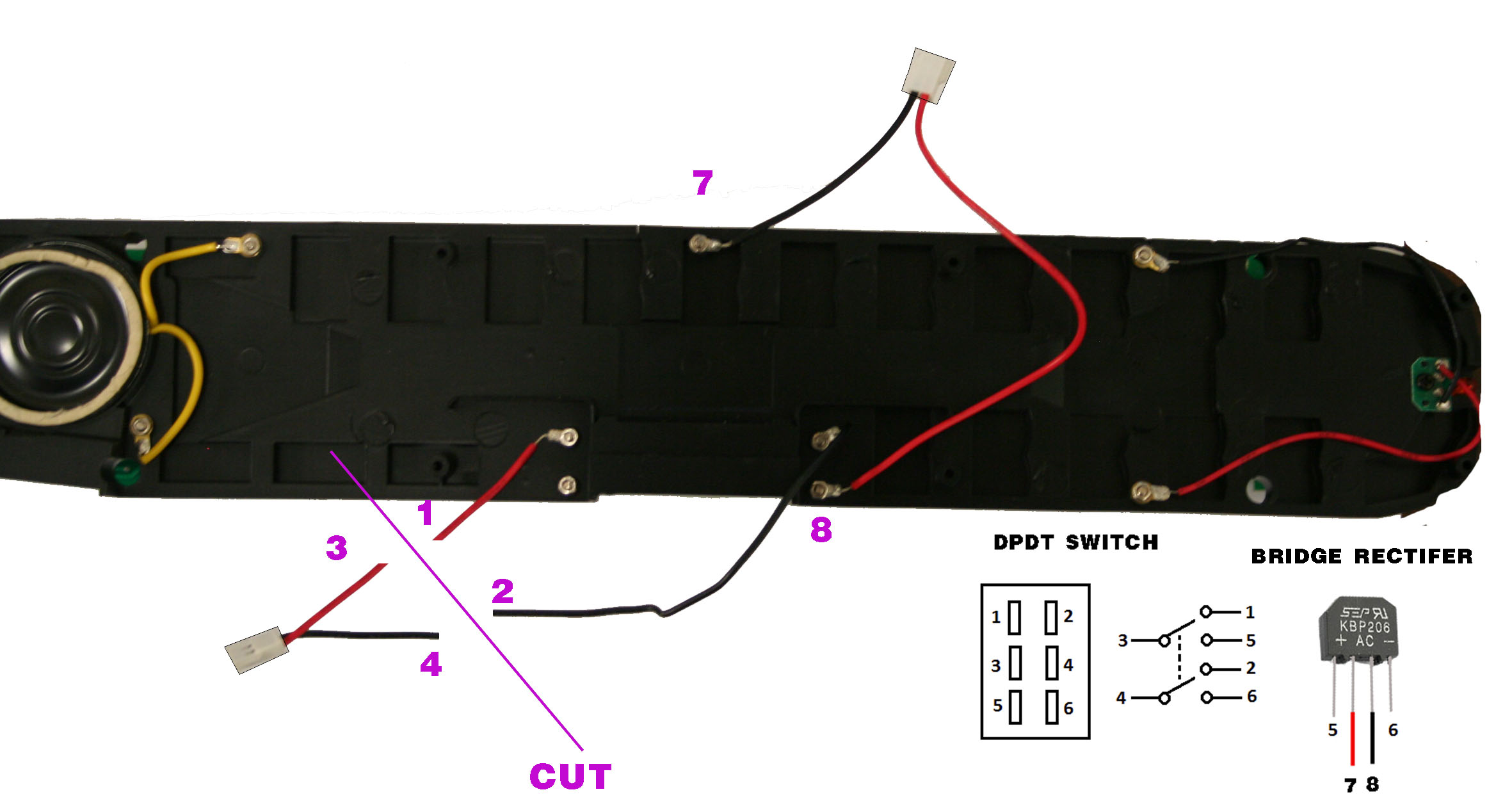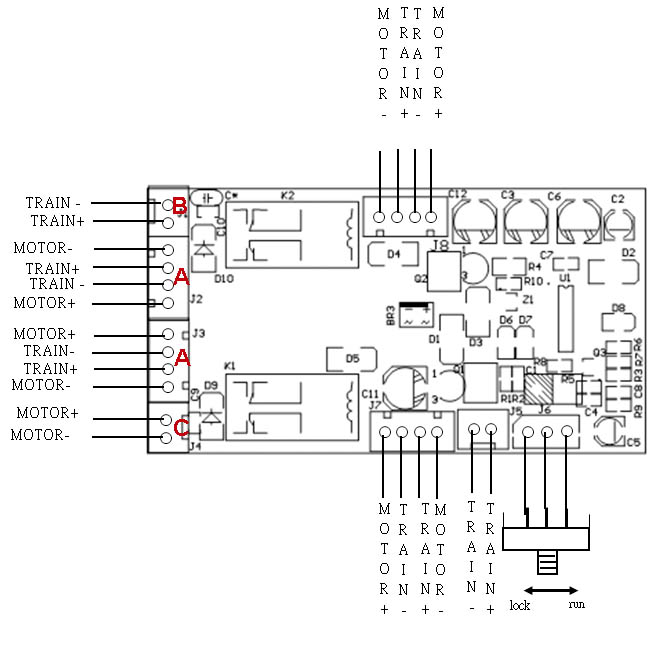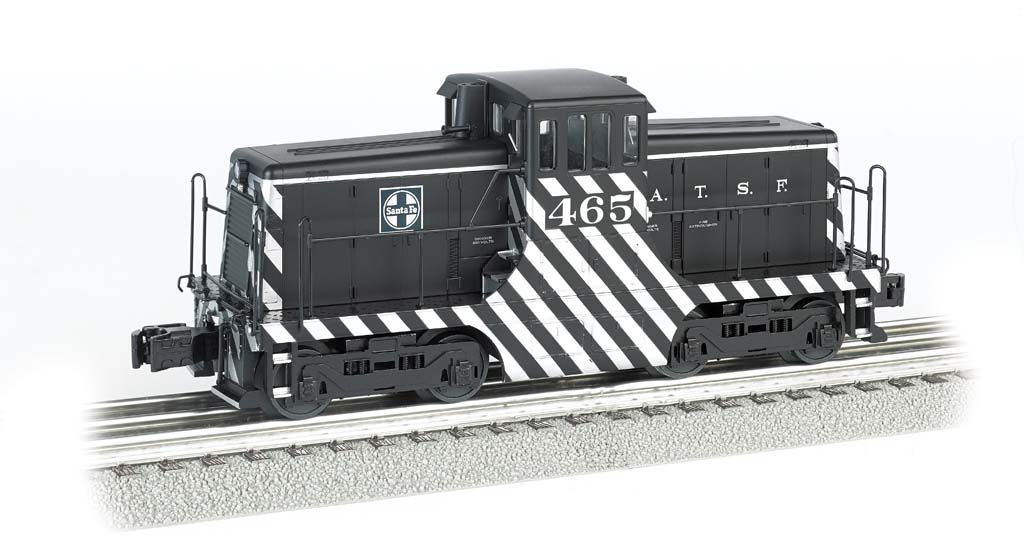FIRST AND MOST IMPORTANT: Your decoder will work best in DC (analog) mode when using a high quality, electronically regulated power pack, preferably one that supplies smooth, filtered DC power. Older rheostat style power packs and pulse power packs will result in erratic and unreliable operation. If your power pack provides a Pulse power switch, leave it in the 'Off' position.
Since there are no function buttons when using a DC power pack, many of the sounds operate automatically in analog mode.
This DCC locomotive has a higher starting voltage than a non-DCC locomotive. To operate in analog mode, determine the point on the throttle where the locomotive lights and sounds come on and remain steady, but the locomotive doesn't move. This will be the Zero point for this locomotive.
At the Zero point, you will first hear the sound of the pantograph being raised, and the power inverter starting to work. Other random sounds may also turn on such as the air compressor, blower motors, and cooling fans. Very slowly increase the throttle. The horn will blast twice if going forward or three times if going in reverse, the traction motor noise will ramp up, and the bell will turn on. If you continue to increase the throttle the bell will turn off. At this point, only the traction motors and other random sounds mentioned above will play. If you suddenly change the throttle voltage and then back, a grade crossing horn sequence will play. Finally, when you slowly decrease the throttle and bring the locomotive to a stop ( at the Zero point), a single horn blast stop signal will play.
Remember, this locomotive is equipped with TCS Keep Alive®, so the sounds will continue to play for a few seconds after the power is turned off.
If you do not want sound, you can disconnect one lead to the speaker.
I hope it is helpful.
3rail
Since there are no function buttons when using a DC power pack, many of the sounds operate automatically in analog mode.
This DCC locomotive has a higher starting voltage than a non-DCC locomotive. To operate in analog mode, determine the point on the throttle where the locomotive lights and sounds come on and remain steady, but the locomotive doesn't move. This will be the Zero point for this locomotive.
At the Zero point, you will first hear the sound of the pantograph being raised, and the power inverter starting to work. Other random sounds may also turn on such as the air compressor, blower motors, and cooling fans. Very slowly increase the throttle. The horn will blast twice if going forward or three times if going in reverse, the traction motor noise will ramp up, and the bell will turn on. If you continue to increase the throttle the bell will turn off. At this point, only the traction motors and other random sounds mentioned above will play. If you suddenly change the throttle voltage and then back, a grade crossing horn sequence will play. Finally, when you slowly decrease the throttle and bring the locomotive to a stop ( at the Zero point), a single horn blast stop signal will play.
Remember, this locomotive is equipped with TCS Keep Alive®, so the sounds will continue to play for a few seconds after the power is turned off.
If you do not want sound, you can disconnect one lead to the speaker.
I hope it is helpful.
3rail



